ST. LOUIS — The Twitterverse turned its outrage this week to longtime St. Louis resident and “Unbreakable Kimmy Schmidt” star Ellie Kemper nearly a quarter century after she was crowned …
This item is available in full to subscribers.
To continue reading, you will need to either log in to your subscriber account, below, or purchase a new subscription.
Please log in to continue |
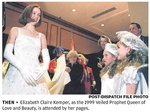

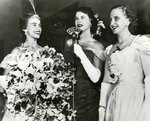
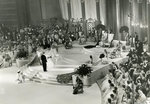

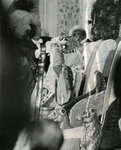
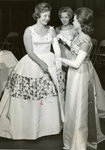


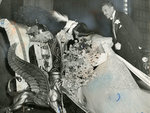


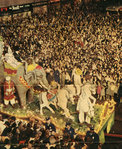
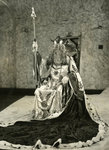

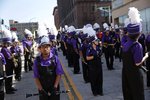

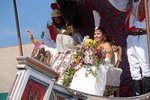
ST. LOUIS — The Twitterverse turned its outrage this week to longtime St. Louis resident and “Unbreakable Kimmy Schmidt” star Ellie Kemper nearly a quarter century after she was crowned “Queen of Love and Beauty” at a high society ball.
Hundreds of people have taken to Twitter to share their take on the annual Veiled Prophet Ball and its ties to class and racial conflict in St. Louis.
“(I)t’s unethical to be a movie actor from a rich family,” one person offered.
Many called out Kemper, who graduated from John Burroughs School and was a 19-year-old Princeton University student when she was crowned queen in 1999. Kemper first gained fame for her role on the popular sitcom “The Office.”
Others drew attention to the controversial history of the ball itself.
The Order of the Veiled Prophet was co-founded by grain merchant and former Confederate cavalryman Charles Slayback eight months after the 1877 railroad strike in which nearly 1,500 St. Louis workers, both Black and white, brought rail freight to a standstill for a week.
In response, business leaders gathered guns and volunteers for a militia, and days later more than 600 marched on the headquarters of the strikers. A vanguard of police rushed the building, arresting 75 men. The rest fled.
In the wake of the strike, and looking to promote St. Louis commerce, Slayback and his brother, Alonzo Slayback, felt the city needed an annual parade and celebration, and looked south, to New Orleans and its Mardi Gras, for inspiration. The “veiled prophet” was taken from a poem by Thomas Moore, “Lalla Rookh,” which includes an account of the “Veiled Prophet of Khorassan,” loosely based on Al-Muqanna, the leader of an eighth century revolt in a province that today is part of modern-day Turkmenistan.
The first St. Louis “veiled prophet” — the only one ever officially revealed by the secret society — was Police Commissioner John G. Priest, who had worked to suppress the strike.
The masked prophet is selected each year from a group of board members to preside over the ball. That person remains masked and anonymous for the entire event.
Some Twitter users compared the prophet’s costume with the white hoods worn by the Ku Klux Klan, calling Kemper a “KKK princess.”
There are no known connections between the ball and the KKK, but historians and civil rights groups have noted the organization didn’t admit any Black men until 1979.
The ball has also garnered the attention of civil rights protesters from the 1960s to recent years.
In 1969, protesters gathered outside the event chanting “white racism must go, the Veiled Prophet must go,” and carrying picket signs reading “Let ’Em Eat Cake, Veiled Profit,” and “Entertainment for Rich Paid for by Poor.”
Three protesters got tickets to the ball in 1972 and unmasked the “prophet,” who turned out to be the then-executive vice president of Monsanto, Tom K. Smith.
The Veiled Prophet Organization has held a parade for decades and helps pay for the Independence Day celebration known as Fair St. Louis. In recent years the group has partnered with the Royal Vagabonds, a social group for Black men formed in the 1930s because other organizations weren't available to them, to build a playground in Ferguson.
Veiled Prophet also started a foundation in which it volunteers and donates to charitable causes. Since 2003, it has worked on more than 255 projects in the city, according to its website. Calls to board members Tuesday were not immediately returned.
In a statement provided to KSDK Channel 5 news, the organization said it "believes in and promotes inclusion, diversity and equality for this region. We absolutely reject racism."
Prophet queens have included many notable and historic St. Louis names, including Busch, Danforth, Schnuck, Chouteau, Cabanne, Niedringhaus and Desloge.
Kemper’s family founded Commerce Bancshares, and her grandmother is Mildred Lane Kemper — the namesake of the Mildred Lane Kemper Art Museum at Washington University.
An email to a manager for Kemper was not returned Tuesday.
Comments
No comments on this item Please log in to comment by clicking here